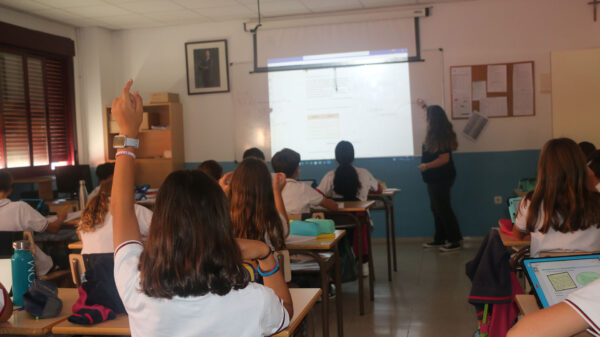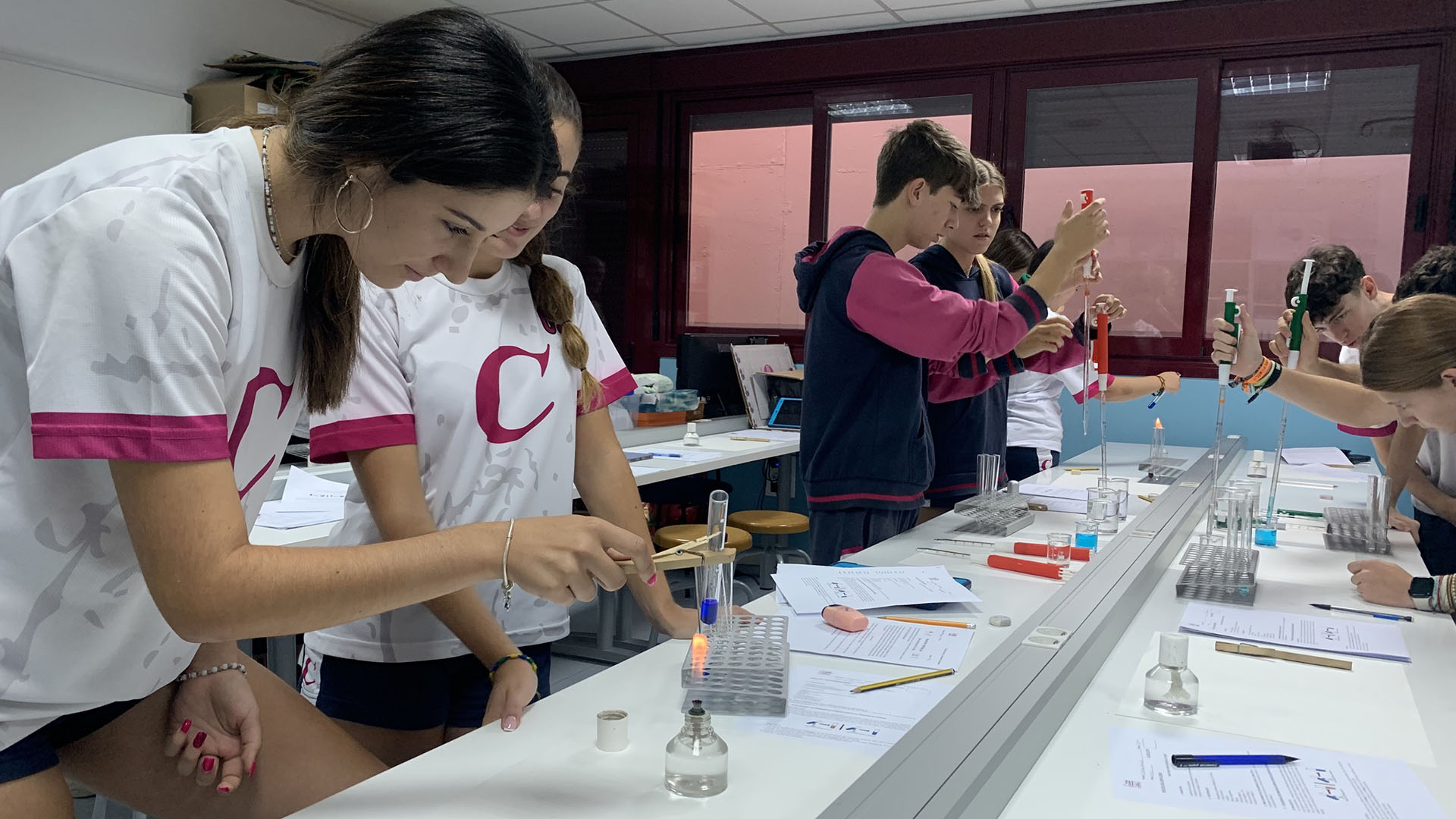Collaborative learning in the classroom is a way of learning as a team. In it, students are divided into small groups, with similar knowledge and skills, in order to complete an assigned task.
In this type of methodology, the teacher takes on a guiding role and intervenes only if deemed necessary.
What is collaborative learning?
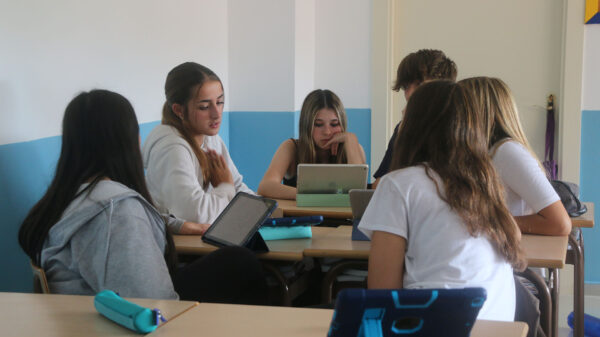
To begin with, students find, in collaborative learning, greater individual responsibility for each of the tasks assigned to them, as well as group responsibility.
On the other hand, students train emotional intelligence and, more specifically, interpersonal intelligence. Students have to learn to make decisions, coordinate with the team and organize deliveries.
It is also common for the group to show positive interdependence, as everyone depends on each other. Therefore, you will see how the effort of each member will benefit the whole team.
Examples of collaborative learning
Within the classroom there are many occasions to put collaborative learning into practice. The most important thing is to create an atmosphere of positive interdependence,
A clear example of collaborative learning in the classroom is group discussions. This is a type of activity where the teacher should form several groups of students and ask them to prepare a debate with a specific position. Students will have to search for information, select their arguments and prepare each of their interventions.
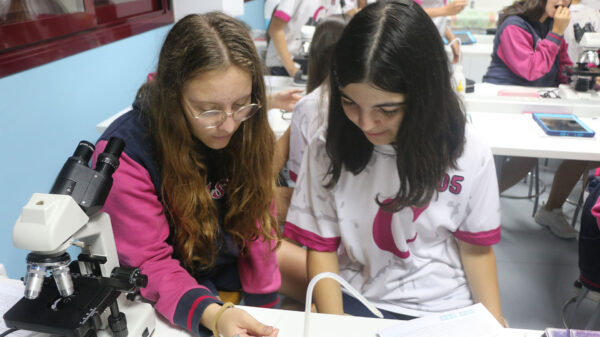
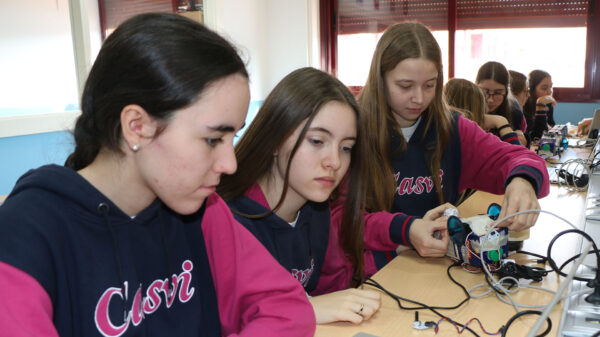
Another example would be doing project-based work for several weeks. For this activity, they must organize each of the deliveries in advance. Thus, they would not only work on the subject matter, but also on their relationship and negotiation skills. It’s known as project-based learning, or PBL, and it’s a perfect way to explore current issues in a group.
Finally, the teacher can propose a didactic game where the students have to organize themselves among themselves with little time. For example, a didactic game where they will have to find a solution within a set time limit.
Collaborative learning objectives
There are several objectives that can be achieved through collaborative work.
- Encourages critical thinking. One of the main benefits of collaborative learning is that it encourages critical thinking and conflict resolution.
- Increases knowledge retention. Helps students retain information better as they have opportunities to discuss and apply concepts in a supportive environment.
- Develops social skills. This methodology promotes the development of social skills such as communication, teamwork and leadership among team members.
- Active learning. Students are directly involved, which allows them to take responsibility for their own progress.
- Diversity and inclusion. It is what promotes collaborative learning by incorporating diverse perspectives and experiences throughout the process.
- Collaborative learning strengthens creativity through its activities by giving students the opportunity to generate new ideas and solutions.
- Academic performance. It is a great improvement in academic performance that is generated by students learning from each other and receiving feedback from all those involved in the process.
The teaching role
In the collaborative learning process, the teacher becomes a guide for the students. The teacher sets out the task to be performed and the students are the ones who manage, in a free way, the work. In case of any difficulty, the teacher helps them, but does not make any kind of prior decision.
In addition, the teacher, through roles or without roles, establishes the expected behaviors within the group: participation of all members, not being absent from the group, paraphrasing interesting ideas…which boosts their social skills.
